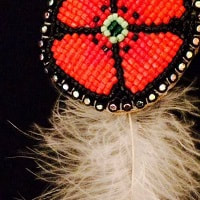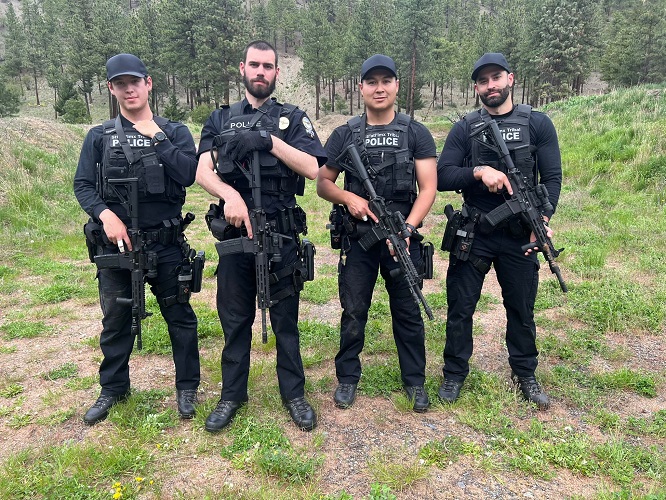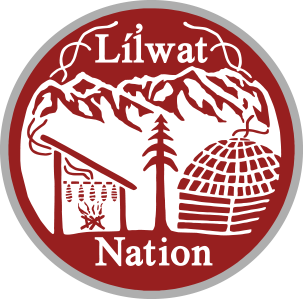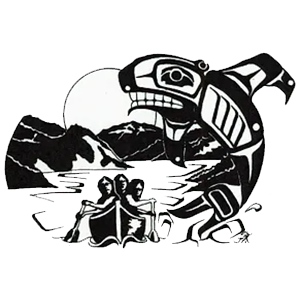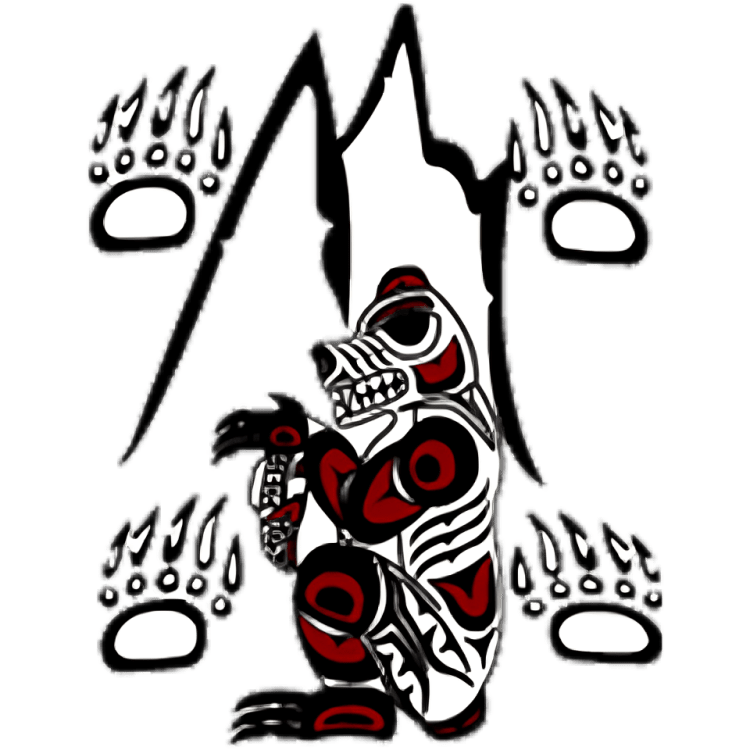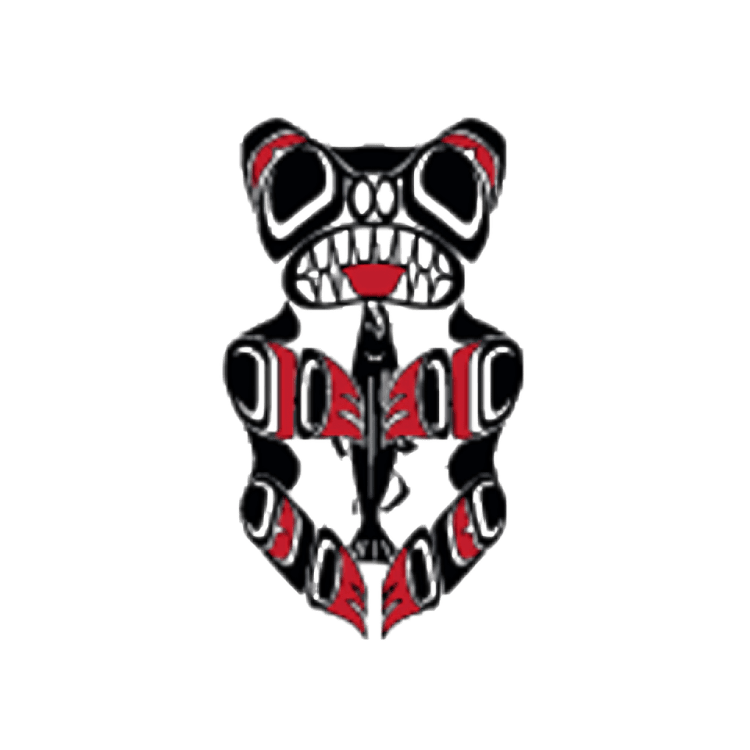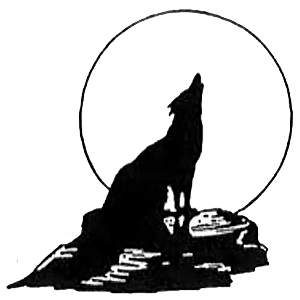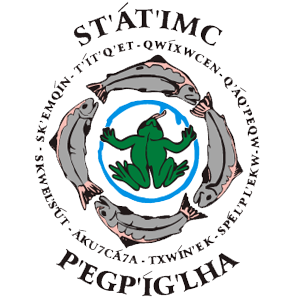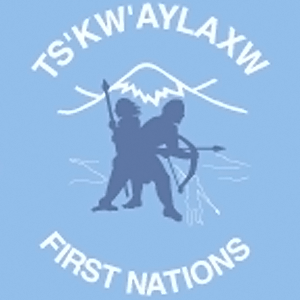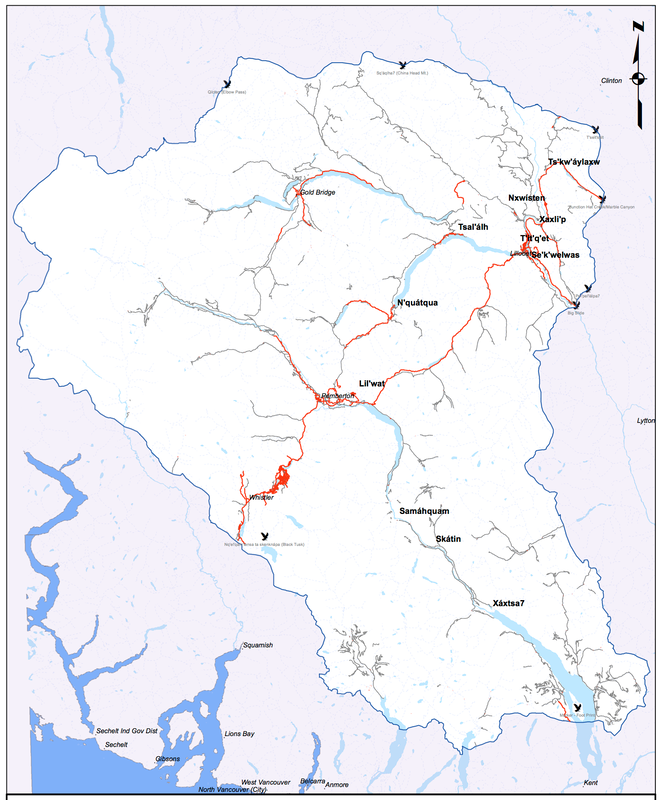
STPS HISTORY
The Stl’atl’imx Tribal Police Service (STPS) evolved from a security program implemented by the Lillooet Band Council in 1986 to becoming the only self-administered First Nations Police Service in British Columbia today. Under the original program, security personnel patrolled reserve areas, engaged in preventative work, and reported criminal activity to the RCMP as appropriate.
In 1988 the Lillooet Tribal Council expanded the concept by creating a peacekeeping program for the Lillooet Tribe. Eight peacekeepers were assigned to the St’at’imc communities of T’it’q’et, Tsal’alh, and Lil’wat Nation.
In 1992 a Memorandum of Understanding (MOU) was signed between seven St’at’imc communities, the Solicitor General of Canada and the Attorney General of the province of British Columbia. This MOU established the peacekeeping program as a tribal policing pilot project.
The MOU included a Protocol Agreement with the RCMP, who was the provincial police force. The RCMP retained jurisdictional authority in the participating communities. The pilot project was funded by the federal and provincial governments.
Over the next few years, modifications were made to the initial MOU, including the signing of additional participating St’at’imc communities. Finally, in 1999, the STPS was established as a designated policing force unit and police force, with full jurisdictional authority under the Policing Act (s.4.1 – 4.2).
Currently, the five-years Tripartite Agreement signed between the ten communities, Public Safety Canada and the BC Ministry of Public Safety & Solicitor General has increased to ten-years. As well, the STPS – RCMP Protocol Agreement is undergoing some changes to reflect the increased role of the STPS and its positive working relationship with the RCMP.
Before The STPS There Were The Watchmen
An Elder from Xaxli’p recalls the Watchmen System being in place in the 1950’s and earlier. It was an old system that was effective and strong. It was strong due to the language and the language made a difference. There was a head Watchmen and trainees who would take over when the head Watchmen passed on. Watchmen had to be in good physical shape.
The Watchmen disciplined the young people. For example, there was a time when young people were expected to be home. If not home at that hour, the Watchmen would round up the youth and bring them home. Further, when the youth continued to be belligerent, they were brought to a meeting to face the people. The youth would kneel in front while other business took place. Finally, nearing the end of the meeting, the people would determine what would happen to the youth.
The Xaxli’p Elder told a story that took place in Mt. Currie. While playing with other children he came across a strawberry patch owned by Elders. Assuming that no-one saw them the children took some strawberries. Soon after, a meeting was called. Someone told his mother that the boy had to go up to the front and kneel down in front of the people. His mother asked him what he had done wrong but the boy could not recall anything. On his way up to the front and while on his knees he still could not recollect any misdeeds.
The Elder remembers, in amazement, the memory of that meeting. The women sat in front, the men and Council were in the back, and the Chief sat by himself. The people went through the business of the meeting. Wrapping up the end of the meeting the Chief got up and told a story. In this story, a man took things that did not belong to him. Consequently, he was ousted out of the community and lived by himself until he passed on. No one helped this person. The Chief said that if these kids took things that did not belong to them then the same thing would happen to them. When the children went outside afterwards the Watchmen and the people shunned them. When his mother found out what he had done, she had him pack wood and water for the old people. Prior to stealing from them, the boy regularly helped out the old people. But now, because of what he had done, they ignored him. It took a long time before the people began to acknowledge him again. The boy had learned his lesson.
The Watchmen system was in place to keep the order and peace in a community. Each community in the St’at’imc territory may have had their own Watchmen system. These systems may have differed according to the ways and the traditions of each distinct group of people.”
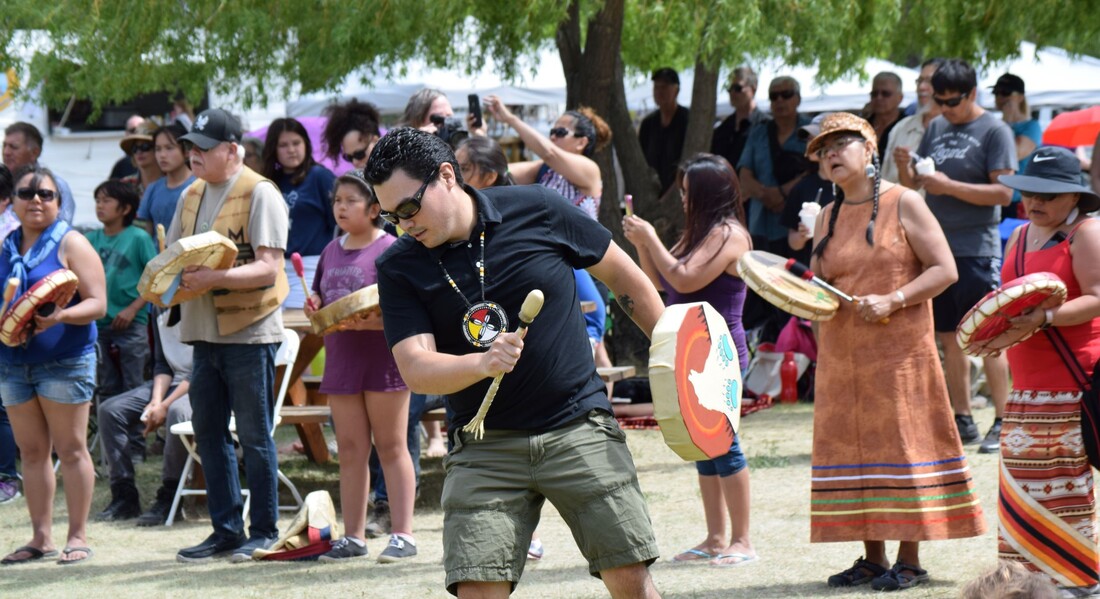
A Smudge Ceremony is a form of spiritual cleansing, physical & spiritual protection and a form of prayer. The tools involved in this ceremony can vary, but the main tools are:
* Smudge bowl (can be a rock or shell)
*Dried Traditional Herbs (Sage, Cedar, Sweet Grass, Juniper)
*Lighter or Matches
*Feather
Some Smudge holders may drum and sing during this ceremony and some may not. The ceremony will begin once the smudge bowl is lit. Depending on the person leading the ceremony you may be smudged one at a time while standing, or you may have to smudge yourself (which may seem daunting if it’s your first time). If you have to smudge yourself, just remember that there is no wrong way and there is no right way to smudge.
Some tips for smudging yourself is to think of it as washing up. The point of smudging is to use the smoke from the smudge bowl to cleanse and protect yourself. Waft the smoke up towards your face, over your head, to your chest, over each shoulder, and down your legs. You can do more or less, it is up to you during the ceremony on how much or how little you smudge.
Each smudge ceremony is unique and every smudge holder will have their own set of guidelines. Don’t be afraid to ask them.
Some people will not allow any form of recording during this ceremony. Make sure to ask before taking any pictures.
Smudging is not just for people. You can smudge (or ask someone to smudge) your home, car, or any of your belongings.
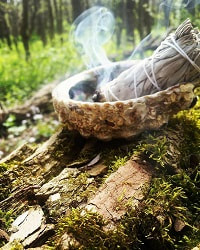
A Sweat Lodge Ceremony is a form of spiritual & physical cleansing, a form of spiritual & physical protection and a powerful form of prayer. The tools involved in a Sweat Lodge Ceremony (aka Sweat) are generally the same.
*A sacred fire
*A Sweat Lodge
*Medicinal Water
*A Splashing bundle (fir or cedar boughs)
*Heated Lava Rocks
Just like Smudging, each Sweat Lodge Holder is unique and will have their own guidelines. The rocks will be heated in the sacred fire until they are white hot. You will be asked to make your way into the Sweat Lodge, and say “all my relations” when you enter or exit the lodge. Once inside the rocks will be removed from the fire and carried to the entrance of the lodge, and they will be brushed off with fir or cedar boughs and brought inside to the pit.
Depending on the Sweat Lodge Holder, you will have at least four rocks for each round, with a total of four rounds. Each round represents something, and the Sweat Lodge Holder will tell you at the beginning of the round.
Once the Sweat Lodge Holder begins splashing the medicinal water onto the rocks, the Sweat Lodge will heat up rapidly, and traditional singing and prayers will begin. During this time you should be praying in your own way. If you need to exit, say “door” or “all my relations”. There is no shame in leaving the Sweat early (you can go back in once a new round starts).
Once the round is complete, the Sweat Lodge Holder will open the door. This will continue for a total of four rounds.
It is protocol to give the Sweat Lodge Holder tobacco (store bought or traditional tobacco – sage, cedar, sweet grass, juniper) and a gift when requesting a Sweat, or information from a Traditional Person. Tobacco is like a key from the spirit world and the person receiving the tobacco cannot refuse your request, as it is coming from the spirits. The gift is for the person accepting and completing your request.
Some people will not allow any form of recording during this ceremony. Be sure to ask before taking pictures or recording.
Name Giving Ceremonies are when someone receives their Ucwalmicwskwatsits (Indian Name/Traditional Name) by community recognition. The Ceremony may vary, as each Ceremony Holder will have their own guidelines, but generally the Ceremony will take place with the following people:
*Person handing down the name
*Person receiving the name
*At least four witnesses
*The family of the person receiving the name
*Family of the witnesses
Some Name Givings may not be public but most are. The person handing down the name will be the one most knowledgeable about where the name came from (if from an ancestor or how the name was created) and will be able to tell the story of how the ceremony came to be.
The person receiving the name will be present and will be required to give a speech.
The witnesses are crucial to this ceremony. They are the people who will be responsible for the newly given name to live on. They will be responsible to spread the word of the name giving, and they will be required to call the person by their newly given Ucwalmicwskwatsits (Indian Name/Traditional Name). If a witness passes away, they must be replaced. Each witness must receive a tobacco tie/medicine bundle, and a gift.
The family of the person receiving the name will be responsible for the care taking of the event (before and after) and will have to provide separate giveaway items for all in attendance (this can be in the form of a meal, or it can be items bought from a dollar store, or tobacco ties/medicine bundles). This is to thank the people who are witnessing this special event.
The family of the witnesses will be welcomed to attend, and the general public may or may not be allowed to attend. If they are, then they too are witnesses, and must spread the word about the name giving, and their gift is the giveaway items (tobacco ties/medicine bundles or a meal).
Speeches and drumming will follow. Pictures and recordings will be allowed, as this is a very celebrated event.
Drumming & Dancing Ceremonies are also know as Pumaka7 muta7 Saquta. The style of singing and dancing is different from Powwow music. Hand drums are used and are made out of cedar frames and deer hides. The Saquta varies from person to person. Their dancing spirit will come out when the hand drumming starts.
The regalia for Saquta is different from Powwow as well. Buckskin vests and leggings are what some males wear along with weaved cedar headbands, and most females wear buckskin dresses with or without weaved cedar root headbands. Each regalia is decorated uniquely.
Some dancers wear headdresses made from animals, such as Bears, Deer, and Wolves. These are obtained by recognition of the animal’s spirit within the dancer by elders and spiritual people.
There may be “coming out” ceremonies for dancers as well. This is for the dancer to “come out” and to let the physical and spiritual world know that they will be dancing, and that their dancing spirit will be out on the dance floor when requested. It is very similar to the name giving ceremony, except the fact that there will be no name given out during the “coming out” ceremony.
Anyone can dance when there is drumming, and in the present day the most powerful form of dancing is when you dance in what you showed up to the event in.
For an example of our traditional drumming and dancing, see the video below which has been created by the Tszil Learning Centre’s Video Production students in Lil’wat (Mount Currie) B.C.
Song & Dance of the Lil’wat People:
Click here and Click here.
